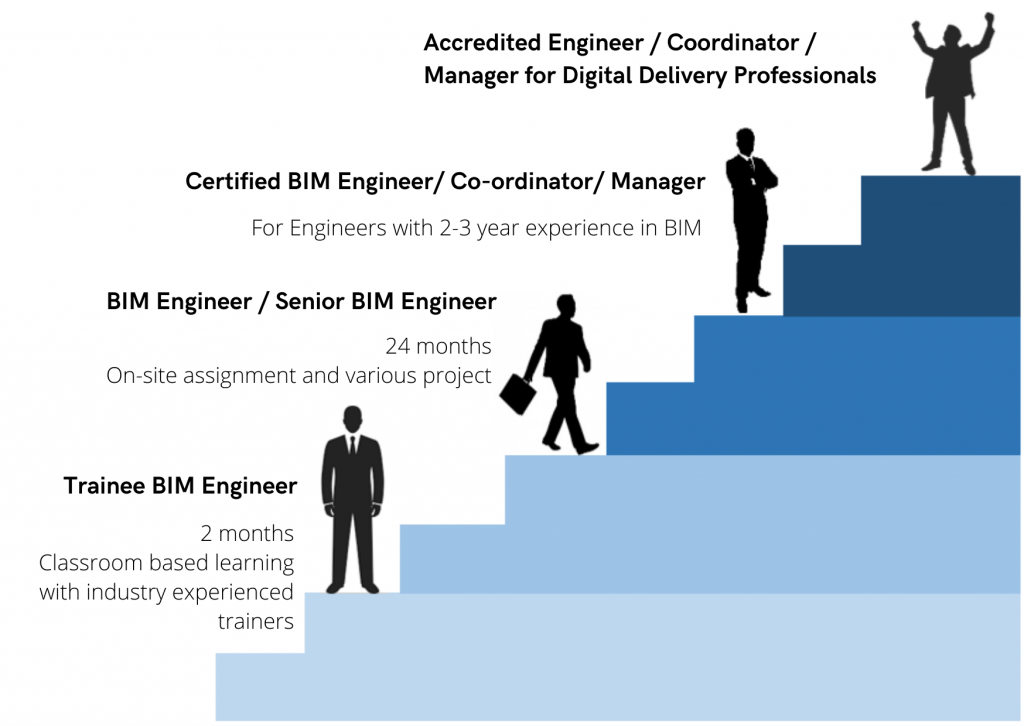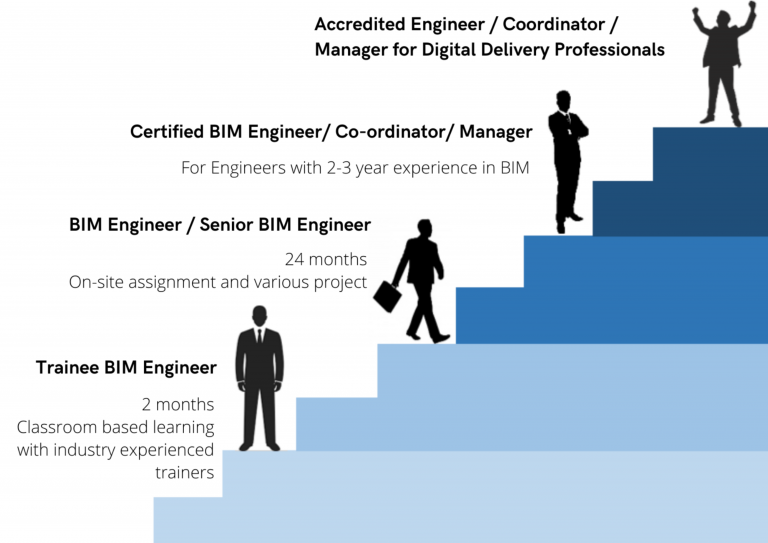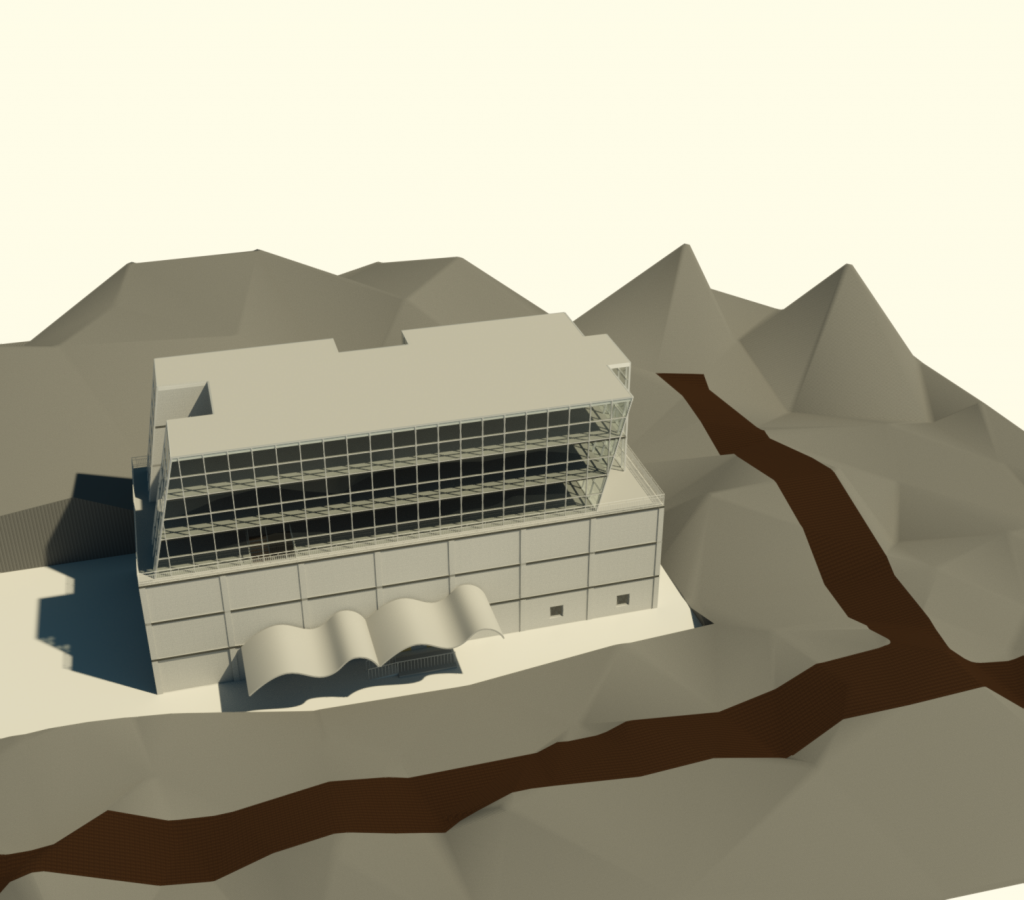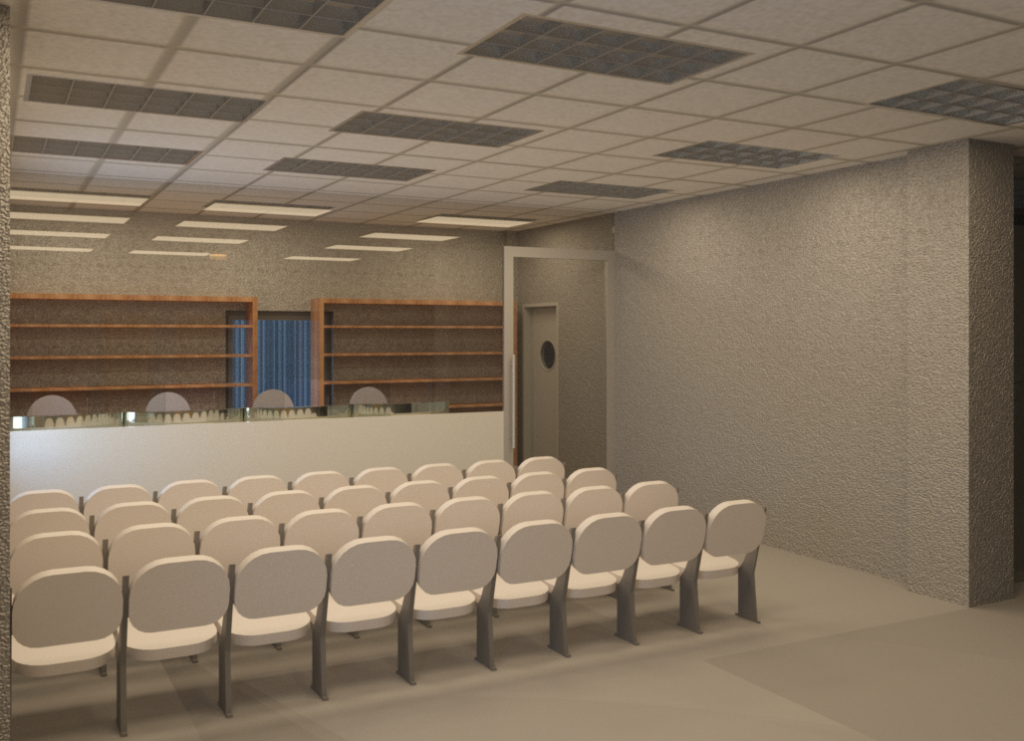

Benefits of BIM in Aerospace Engineering
Collaborative Design: BIM allows multiple stakeholders, including engineers, architects, and manufacturers, to collaborate seamlessly on a centralized platform. In aerospace engineering, this facilitates the integration of various subsystems, such as avionics, propulsion, and structures, ensuring compatibility and optimizing design.
Visualization and Simulation: BIM enables 3D visualization and simulation of aircraft components and systems. Engineers can simulate the performance of different design configurations, assess aerodynamic characteristics, and conduct virtual testing, reducing the need for physical prototypes.
Clash Detection: BIM software can automatically detect clashes or conflicts between different components or systems within the aircraft design. This feature helps prevent errors that could lead to manufacturing defects or operational failures, saving time and resources by addressing issues before they arise.
Lifecycle Management: BIM facilitates the management of the entire lifecycle of aerospace projects, from initial design to construction, operation, and maintenance. By maintaining a digital model that incorporates all relevant data, including materials, specifications, and maintenance schedules, BIM streamlines project management and facilitates decision-making at every stage.
Cost Estimation and Optimization: BIM tools enable accurate cost estimation throughout the project lifecycle. By integrating cost data with the digital model, engineers can identify opportunities for cost savings, such as optimizing material usage, reducing waste, and streamlining construction processes. This helps control project costs and ensures that aerospace projects remain within budget constraints.
Regulatory Compliance: Aerospace engineering projects are subject to strict regulatory requirements and safety standards. BIM facilitates compliance by providing a centralized platform for documentation and regulatory reporting. Engineers can ensure that designs meet regulatory requirements from the outset, reducing the risk of costly delays or redesigns due to non-compliance.
Improved Communication: BIM enhances communication among project stakeholders by providing a common platform for sharing information and collaborating on design decisions. This fosters greater transparency and coordination, reducing misunderstandings and ensuring that everyone involved in the project is working towards the same goals.
Entry Requirements

Role Of An Aerospace Graduates In AcePLP
Fresh Aerospace graduates and mid-careerists with no prior work experience will complete 2 months of classroom training in BIM and CAD applications. The training is conducted by Ace Industry Academy (AIA), the official training arm of AcePLP, and will prepare you as you embark on your career as a Aerospace BIM Engineers. AIA is an SSG/WSG approved training provider, and some modules which you attend during this period will be WSQ-accredited, and in line with the national skills framework for the Built Environment. (SSG/WSG is a statutory council formed by the Ministry of Manpower and Ministry of Education.)
Certificates will be awarded on completion of classroom training, and thereafter, you will be assigned to work on projects to gain experience. To guarantee a smooth transition, AcePLP pairs freshly trained BIM Engineers with senior colleagues or Alumni. Trainers will also be on hand to assist the new engineers if they run into any challenges. The experience you gain from participating in projects can be used towards the Digital Delivery Management Accreditation Scheme.
Some of our best talent at AcePLP start with a diploma in aerospace engineering. Their abilities and knowledge in math, engineering and technology help them to excel in our line of work. They incorporate knowledge of the Built Environment into their broad-based understanding of the design, construction and maintenance of aircraft, spacecraft, and equipment systems. The focus on flight safety, fuel efficiency, operating costs and environmental impact can all be applied in parallel to building and urban infrastructure.
Client procuring such digital delivery services from us can be main contractors, consultants that provide aerospace engineering design and advisory services, specialist contractors and suppliers, or facility owners and operators.
As you learn and progress in the digital delivery services role, you may be moved into projects that require a great deal of integration and coordination with other stakeholders, because the role of design and construction is often a collaboration between consultants, contractors, and specialists.
What You Will Learn On The Job
Through our training programme, we ensure that you gain the ability to use the most popularly used BIM application software in Singapore, which are Autodesk Revit, Bentley OpenBuilding, OpenRail and OpenPlant. This gives you the flexibility to work on various kinds of building and infrastructure projects in Singapore. We will also cover the use of 2D products such as AutoCAD and MicroStation, which are crucial for the documentation of the BIM models.
As and when the use cases arises, we will put you through training in 4D BIM products, combining the BIM model with a Microsoft Projects or Primavera P6 schedule using products such as Synchro 4D or Navisworks Manage, enabling you to deliver on Virtual Design and Construction processes. You may undergo other types of training depending on your interest and where the opportunities take you.
What Is Your Career Progression As An Aerospace Engineering Graduate?
A degree or diploma in Aerospace Engineering need not necessarily mean that you pursue an aerospace engineering postion. There are plenty of jobs in the Built Environment for you to consider.
Within the Built Environment, Digital Delivery Management track involves the adoption and implementation of up-to-date emerging digital technologies to optimize operations and processes, improve collaboration and enhance work efficiency.
With your diploma in Aerospace Engineering or degree in Aerospace Engineering, you can progress in this track to become an expert DDM professional, rising in the ranks to become a Tier 2 (Lead) BIM Manager, where you will play leading roles in project delivery, digital solutions and adoption, competency building and innovation to organisations or project teams in the Built Environment.
At the height of your career in the DDM track, you can aspire to be a Chief Digital Officer (Tier 1), a C-suite role where you will oversee the implementation and innovation of digital solutions to achieve digital transformation in the business, leading the strategic direction in your team.
Alternatively, you can move into other tracks in the Built Environment that is of interest to you, such as in Architecture, Engineering Design and Consultancy, Construction and Project Management. With a domain knowledge grounded in construction through the experience in projects, armed with a spatial awareness via your 3D modelling and visualization skills, you can enter other tracks to continue to build domain expertise and experience.
The skills, knowledge, and experience which you gain from participating in this apprenticeship programme will make you eligible to become an accredited professional in the Digital Delivery Management (DDM) track of the Built Environment. This is a nationally recognized industry accreditation scheme that provides a structured framework to assess and recognize your digital skillsets. The recognition can help you ensure appropriate remuneration and enhance employability.
By gaining the requisite skills and experience through our apprenticeship programme, you will minimally qualify as a Tier 4 DDM Professional (Assistant Specialist), commonly known in our industry as a BIM Modeller, at the end of the 26-month programme.
If you have undertaken BIM coordination projects in the period of your apprenticeship, integrating models from various engineering disciplines such as Structure and Architecture to deliver coordinated combined services models, you may qualify at the Tier 3 DDM Professional (Specialist) level, commonly known in our industry as a BIM Coordinator.
For information regarding the DDM Accreditation Scheme, visit ddm.buildingsmartsingapore.org.
Career Pathways of Aerospace Engineers To Accredited Digital Delivery Management (BIM) Professionals

How Does BIM Elevate the Job Prospects of
Aerospace Engineering Graduates?
Technical Proficiency:
BIM requires a strong foundation in technical skills such as computer-aided design (CAD), 3D modeling, and simulation software, which are fundamental to aerospace engineering. Aerospace engineers adept in BIM can leverage their technical proficiency to design, simulate, and analyze complex aerospace structures more efficiently and accurately.
Collaborative Environment:
BIM fosters collaboration among multidisciplinary teams involved in the design, construction, and maintenance phases of aerospace projects. Aerospace engineering graduates with BIM expertise can seamlessly collaborate with architects, structural engineers, contractors, and other stakeholders, leading to improved communication, coordination, and project outcomes.
Innovation and Optimization:
BIM enables engineers to explore innovative design solutions and optimize aerospace systems for enhanced performance, efficiency, and sustainability. By integrating BIM into their workflow, aerospace engineers can conduct virtual simulations, identify potential design flaws, and iterate on designs before physical prototyping, thereby reducing costs and time-to-market.
Project Management Skills:
BIM proficiency equips aerospace engineering graduates with valuable project management skills, including scheduling, cost estimation, and risk analysis. By effectively managing BIM-based projects, aerospace engineers can demonstrate their ability to oversee complex initiatives, meet deadlines, and deliver high-quality results, which are highly valued by employers in the aerospace industry.
Adaptability and Future Readiness:
As the aerospace industry continues to embrace digital transformation and adopt advanced technologies, including BIM, aerospace engineering graduates with BIM expertise are well-positioned to thrive in a rapidly evolving landscape. By staying abreast of emerging trends and continuously upgrading their skills, they can remain competitive and seize opportunities for career advancement in various sectors of the aerospace industry.
Other Available Positions

IT Systems Engineer
Manage our existing network infrastructure and develop IT Solutions for clients to meet their business needs.

Human Resources
Engage with aspiring young engineers and develop policies and initiatives that nurture a learning environment.

Sales
Be part of a team sourcing out the best opportunities for talent development, and help us create valuable networks in the industry.

Production Operator
Collaborate on our print production line and delivery services




